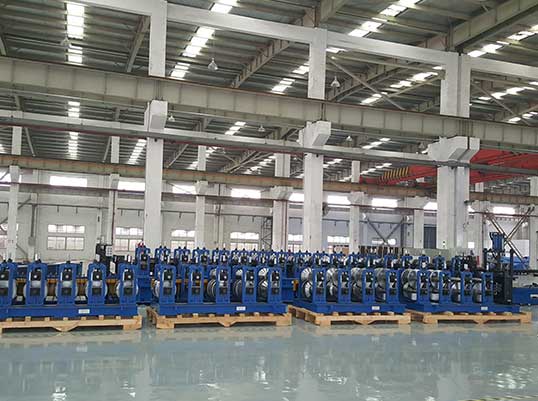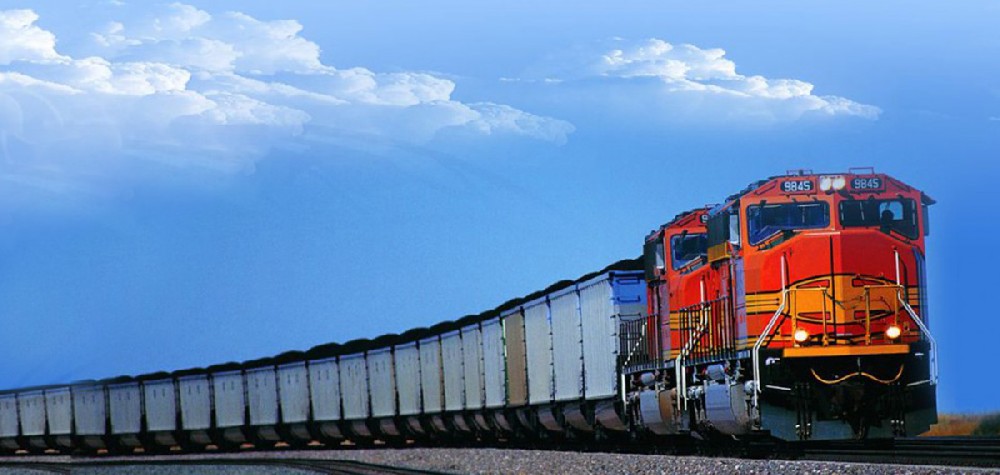Navigation Menu
Contact Us
- Email:
- info@wxavatar.com
- Address:
- Yurong Village, Yuqi Street, Huishan District, Wuxi, China.
Release Date:Jul 27, 2025 Visit:48 Source:Roll Forming Machine Factory
The solar energy industry has seen steady growth in recent years, driving demand for efficient manufacturing processes of supporting components. Solar stand roll forming systems play a crucial role in producing the structural elements that support solar panel installations. This article examines how automation technologies can enhance production efficiency in these specialized manufacturing systems.

Current Challenges in Solar Stand Manufacturing
Traditional solar stand production often involves multiple manual operations, which can lead to several inefficiencies:
Inconsistent product quality due to human variability
Production bottlenecks at certain stages of the manufacturing process
Higher labor costs associated with manual operations
Limited production capacity during peak demand periods
These challenges create opportunities for automation solutions to optimize the manufacturing workflow.
Automation Technologies for Roll Forming Systems
Modern automation can be implemented in various aspects of solar stand production:
1. Computer-Controlled Roll Forming Machines
Automated roll forming systems can precisely control:
Material feed rates
Roller positioning and pressure
Cutting lengths and angles
Punching and notching operations
2. Robotic Material Handling
Robotic systems can manage:
Loading and unloading of raw materials
Transfer of components between workstations
Sorting and stacking of finished products
3. Vision Inspection Systems
Automated quality control can:
Detect dimensional inaccuracies
Identify surface defects
Verify hole patterns and alignment
Benefits of Automation in Solar Stand Production
Implementing automation in roll forming systems offers several advantages:
Increased Production Speed
Automated systems can operate continuously without breaks, maintaining consistent output levels. Cycle times can be reduced through optimized machine coordination.
Improved Product Consistency
Computer-controlled processes minimize human error, ensuring each solar stand meets precise specifications. This reduces material waste and rework requirements.
Enhanced Operational Safety
Automation reduces worker exposure to potential hazards associated with heavy material handling and high-speed machinery.
Better Resource Utilization
Automated systems can optimize material usage through precise cutting patterns and minimize energy consumption through efficient operation scheduling.
Implementation Considerations
When introducing automation to solar stand manufacturing, several factors should be evaluated:
Initial investment costs versus long-term savings
Compatibility with existing production equipment
Workforce training requirements
Maintenance and technical support availability
Scalability for future production needs
Future Developments
Emerging technologies may further enhance automated solar stand production:
Advanced machine learning algorithms for predictive maintenance
Improved sensor technologies for real-time quality monitoring
Enhanced human-machine interfaces for easier operation
Conclusion
Automation presents significant opportunities to improve production efficiency in solar stand roll forming systems. By implementing appropriate automated solutions, manufacturers can achieve higher output, better quality, and more competitive operations. The specific benefits will vary depending on the scale of implementation and existing production processes, but the potential for efficiency gains makes automation a worthwhile consideration for solar component manufacturers.

As the solar industry continues to develop, manufacturers who adopt smart automation strategies may find themselves better positioned to meet market demands while maintaining production efficiency and product quality.